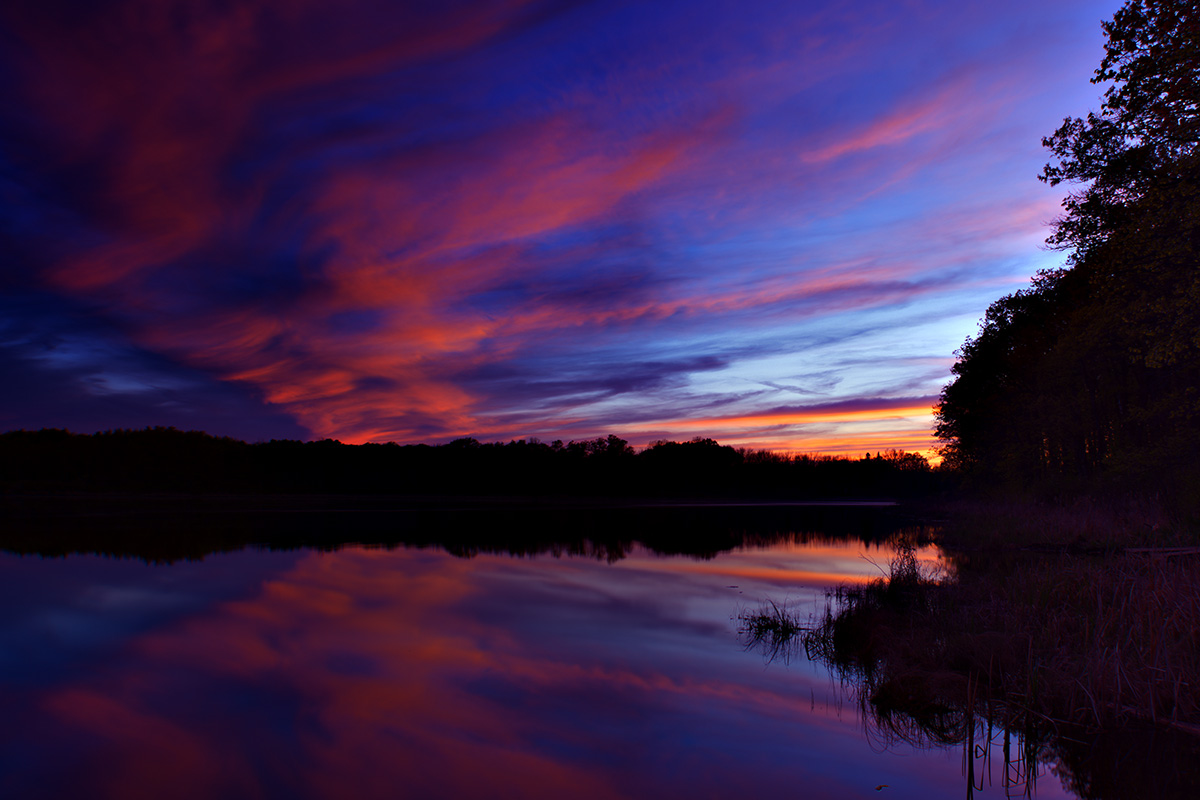 Originally posted by biz-engineer
Originally posted by biz-engineer 
How to avoid banding at the last stage of the process, i.e export to JPEG? Upsample before JPEG export?
I just stick to raw imports, and 16 bit tiffs. Only once I am done do I do the export to JPEG and have never had a problem with banding. Even when working with astro images where I've stacked over 1000 images I still haven't had a problem with banding. I also don't turn on any noise reduction, not even the defaults, when doing the raw to tiff conversion so that may be where the banding comes from.
 Originally posted by MJKoski
Originally posted by MJKoski 
The banding is real and happens when processing 16bit TIFF files as well. Image becomes too clean.
I don't see how. For example this image is one where I did the simulated ND filter and stacked around 40 or so images to get the blur of the clouds moving:

Same with this image because I was going for a super res shot of the end of the second sunset at my lake property so I could do a big print to hang on the wall:

Even this image where I used a stack of 193 images and then did a massive amount of processing lacks banding. This one also had dark frame subtraction and bias frame subtraction to reduce the systematic noise in each shot before they got stacked. Granted it deep sky stacker spits out a 32bit tiff of the final stack to use as input for further processing. However photoshop doesn't let you do much processing other than some initial levels adjustments on a 32bit tiff. So after that it got converted to a 16 bit tiff where the vast majority of that massive amount of processing took place:

If you are seeing banding I would be looking for places in your process where a lot of data got tossed out. Averaging/median filter, sharpening, software noise reduction, down sampling, levels clipping, etc. would all be places where I would start to look.


 Similar Threads
Similar Threads 










 for me it's intriging that camera software doesn't use multiples of 8bits (16bits = 2 x 8) for processing image data, because everything is partitionned by 8bits multiples (memory hardware and momory allocation for the software). It's actually more annoying to have to program software to manipulate 14bits instead of 16bits. Nut wouldn't DNG or PEF be larger over 16bits? Does DNG allow 16bits?
for me it's intriging that camera software doesn't use multiples of 8bits (16bits = 2 x 8) for processing image data, because everything is partitionned by 8bits multiples (memory hardware and momory allocation for the software). It's actually more annoying to have to program software to manipulate 14bits instead of 16bits. Nut wouldn't DNG or PEF be larger over 16bits? Does DNG allow 16bits?




 Post #15 by MJKoski
Post #15 by MJKoski








